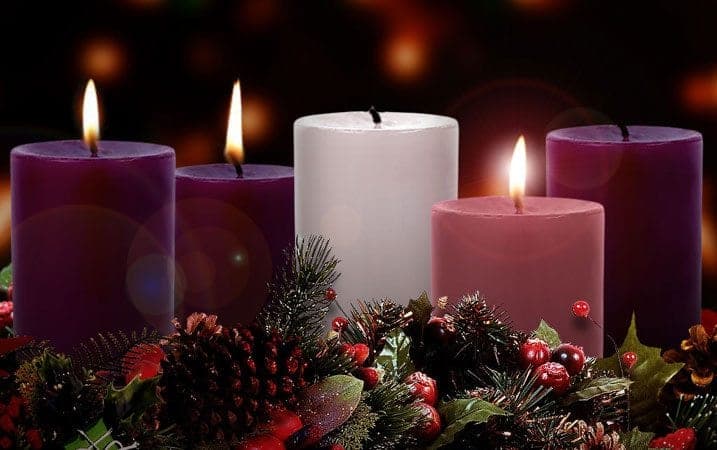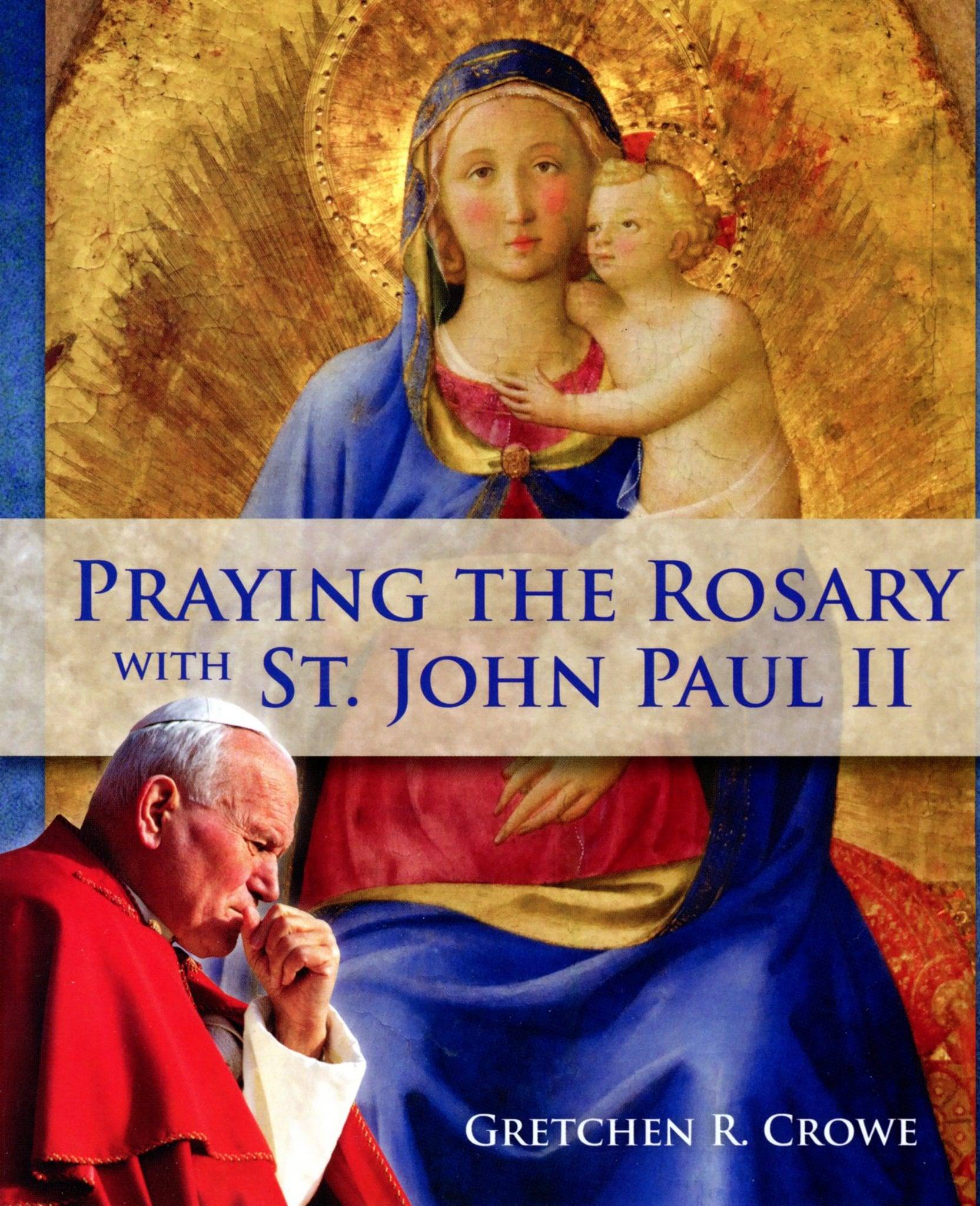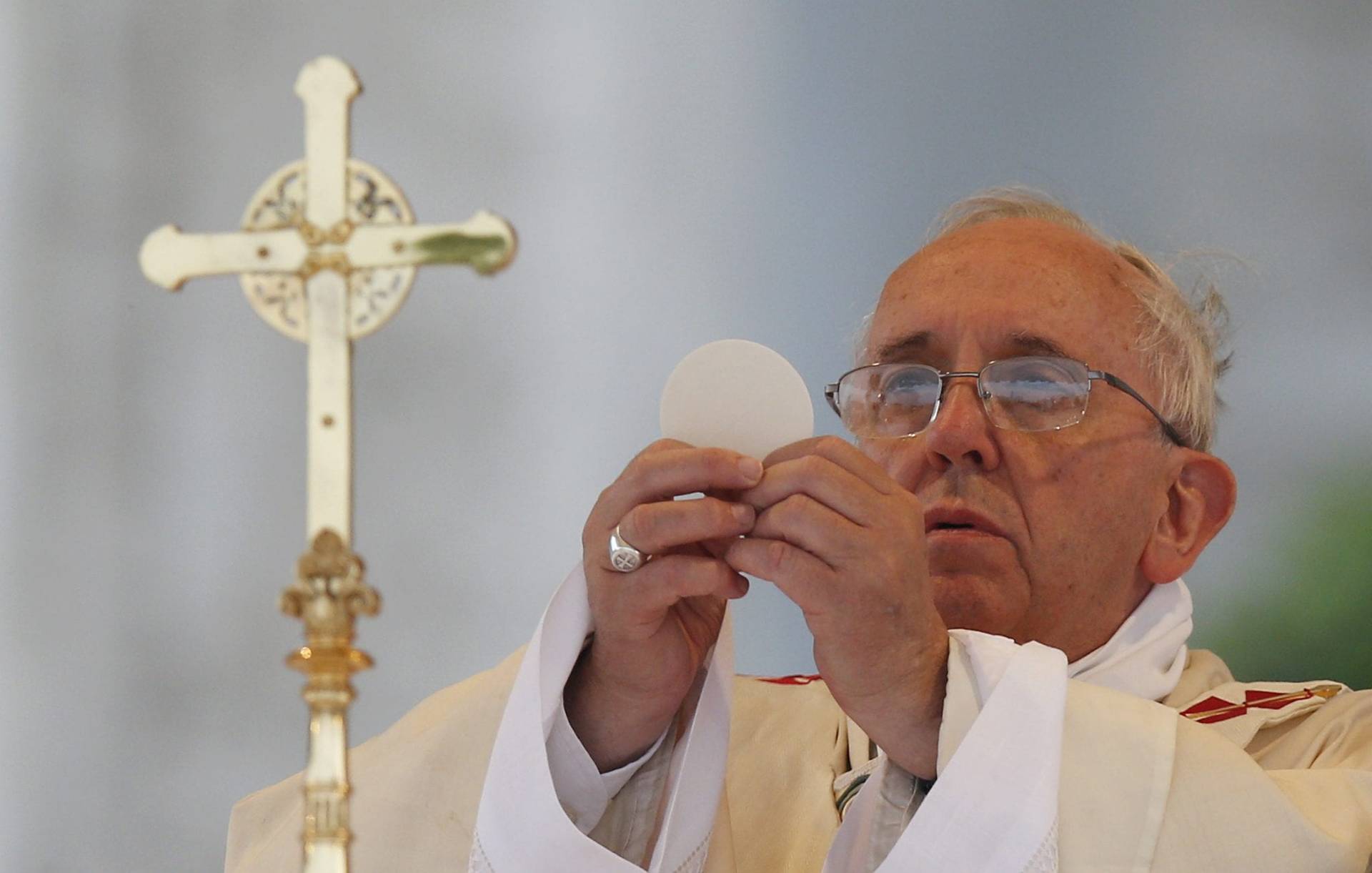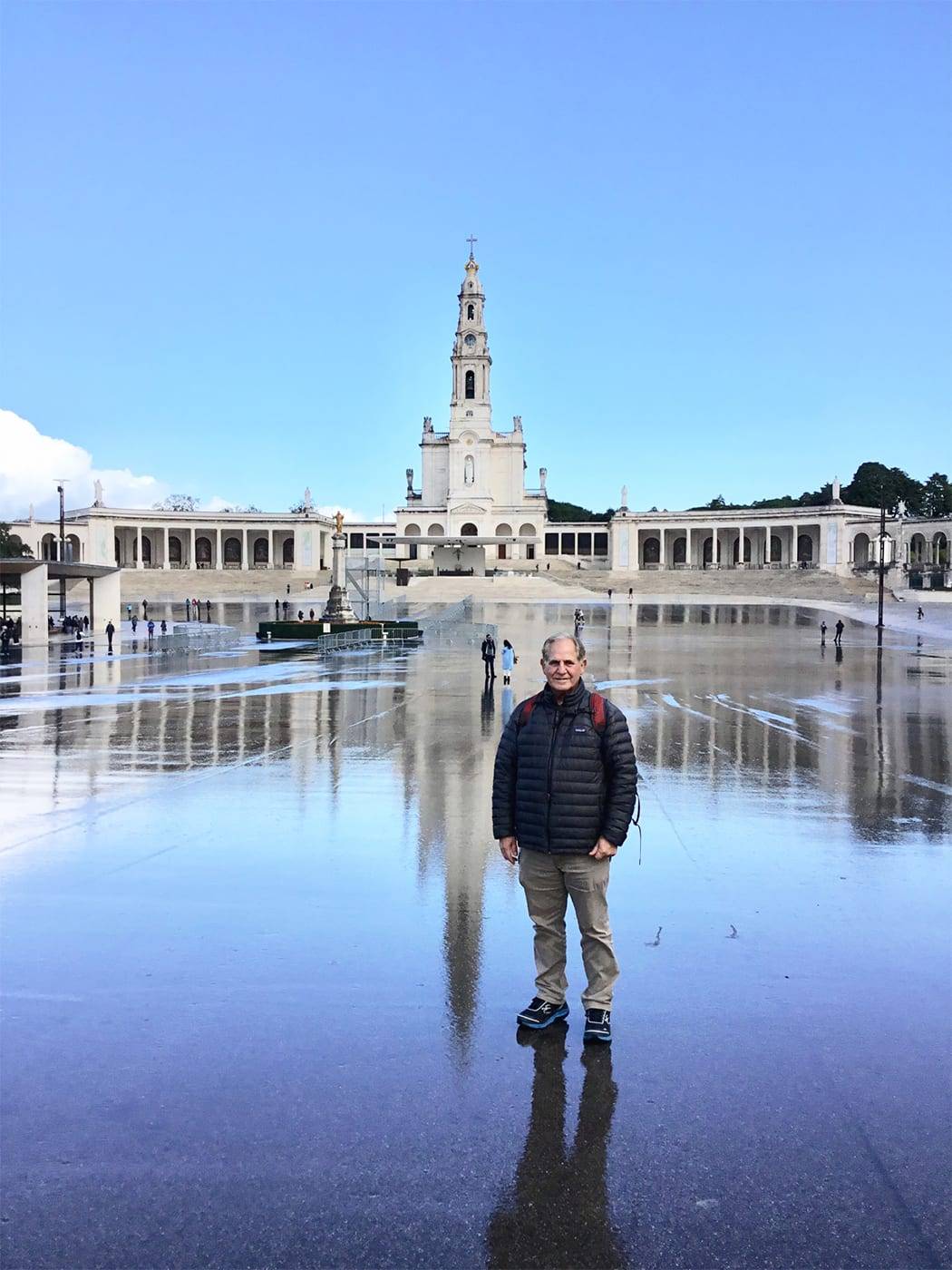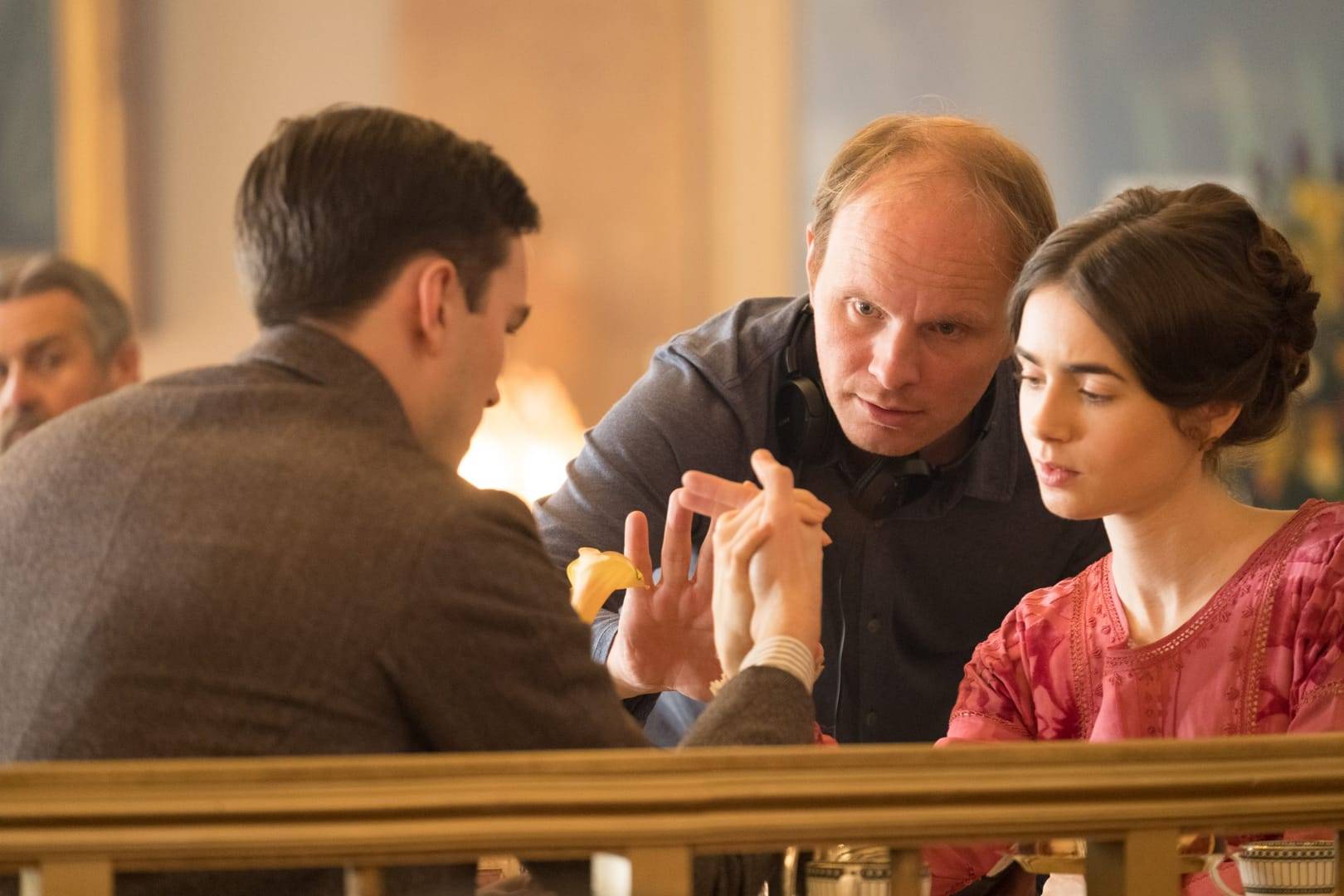The arrival of Advent this year is overshadowed by the world’s violence. Distant events press in. A week ago, a young Jewish boy from a town near mine, who was studying and volunteering in Israel, was killed by a Palestinian gunman in the West Bank after he had brought food to Israeli soldiers. I wrote a note to a friend in that community, assuming he may have known the family.
“They are our closest friends,” he responded. “It is heartbreaking.”
How little has changed in 2,000 years. Piety and good works don’t save us from violence. Quite the opposite it seems, these days.
As I climb into my attic and poke around for the purple and pink candles to make my Advent wreath, I can’t help but recall a more innocent time in my own home not so very long ago. Advent was the time for concocting ornaments and playing carols while we worked. It was the season of the “Jesus Box;” each day we’d put into it a piece of paper on which we’d written a small deed of kindness we’d done for another. We made peanut butter pine cones for the birds, drank cocoa late in the long afternoons, read books, and strung popcorn.
All of these gestures were designed to bring a slower, more mindful pace to our days, so that when Christmas came, we would greet it with a renewed understanding of the incarnational message, “Christ is born” – the kingdom of God come among us.
“Resetting” the ordinary and seeing the holy in this season isn’t as easy as it once was. Saturated by news clips and tweets of divisiveness, how are we to find the quiet in which we might discover our own navigational stars of hope? The shelter of mere tranquility has collapsed for many of us. If we are totally honest, we are wandering in a dark as deep as that of Mary, Joseph, and the Magi, harried by the same environment of conflict and uncertainty.
But maybe this is the point. Perhaps Advent is actually about accepting reality as it is, and surrendering our small certainties in order to hear a different message than the one we read in the news.
In 1944, the German Jesuit priest, the Rev. Alfred Delp, imprisoned by the Nazis and writing from prison in Berlin, wondered whether he would live to see the fourth Advent candle lit on his own wreath. All the same, he took the trouble to light the first one. Advent, he wrote, even in the darkest of times, is still our time to “review our lives and take a sober look at things because reality is still the place where true joy grows and where we build things that can support a load.”
Acceptance freed up Delp’s energy. The crucial shift comes when our desire to control circumstances gives way to creating “the small good” in place, exactly where we find ourselves. The one we call Savior, for whom in this season we “wait” again, came to realign us in precisely this way. In a small, almost apologetically small, way — as a baby — He began the journey of leading us into a wholly new consciousness.
I am haunted by Delp’s phrase, “where we build things that can support a load.” I think that he is writing about the kingdom itself. And the question he is asking is this: How do we undertake small concrete efforts, when life is so full of reasons to despair? His own answer, in that dark Advent, was to light his candle and say a few prayers.
Just days after the death of the young man in Palestine, I was given the gift of such a candle at a small bible study group. An older woman who serves on the Altar Guild arrived with a prayer that her mother, born in the last century, had written. She wanted to share it with us. That a simple woman’s prayer would endure through the love of her children, to be read aloud to strangers almost a century later, would have been candle enough. But as we sat quietly listening, I heard these words of wisdom: “Teach us to remember that what matters is not to live a long life, but to live for God.” I needed them more than I could have imagined. A prayer, and that alone, helped me to “support the load.”
Christmas peace, by this measure, isn’t the faux peace of the catalogs that are pouring in like an avalanche this early December with their images of golden retrievers on plaid throws and burnished leather sofas. Peace is accepting the life we are given, and beginning to build the things that matter, the works of value, in our world — to light our candles without demanding the comfort of certainty.
The Rev. Albert Delp was executed by the Nazis on Feb. 2, 1945, after having refused a deal to be set free if he renounced his Jesuit orders. His prayer, like the prayer of Mary and the prayer of a humble woman I will never meet, all light my path this Advent.
* * * * *
Here are a few suggestions for Advent practices that can bring light to the season.
- Start a “Jesus box.” This simple object (a recycled, decorated tissue box will do), kept in the middle of the kitchen table, reminds children and adults alike to practice kindness throughout the day. Every evening, place into the box each family member’s intentional act of kindness for the day. Reading through the accumulated offerings on Christmas Eve is a lovely way to usher in the holiday.
- Make an Advent wreath. There are lots of candle-lighting prayers available online for a meaningful activity at the start of each week of the season.
- Begin a book of daily Advent meditations. Recommended: “Preparing for Christmas” by Richard Rohr, “Reflections during Advent: Dorothy Day on Prayer, Poverty, Chastity, and Obedience,” and “Advent and Christmas Wisdom” from Henri Nouwen.
- Keep a big notebook open with colored pens available for spontaneous expressions of hope, expectation, gratitude, and accounts of “God” moments throughout the season.
- Make a project of finding a new organization to support. This can be a local group (perhaps your family/household/workplace group can volunteer together for the season), or an organization working to bring peace and economic sustainability to a troubled place in the world.
- Do something kind for our animal friends. Donate to a shelter, fill your bird feeders, take walks, and give thanks for the natural world.
- Pray. Light candles. Pray more.
